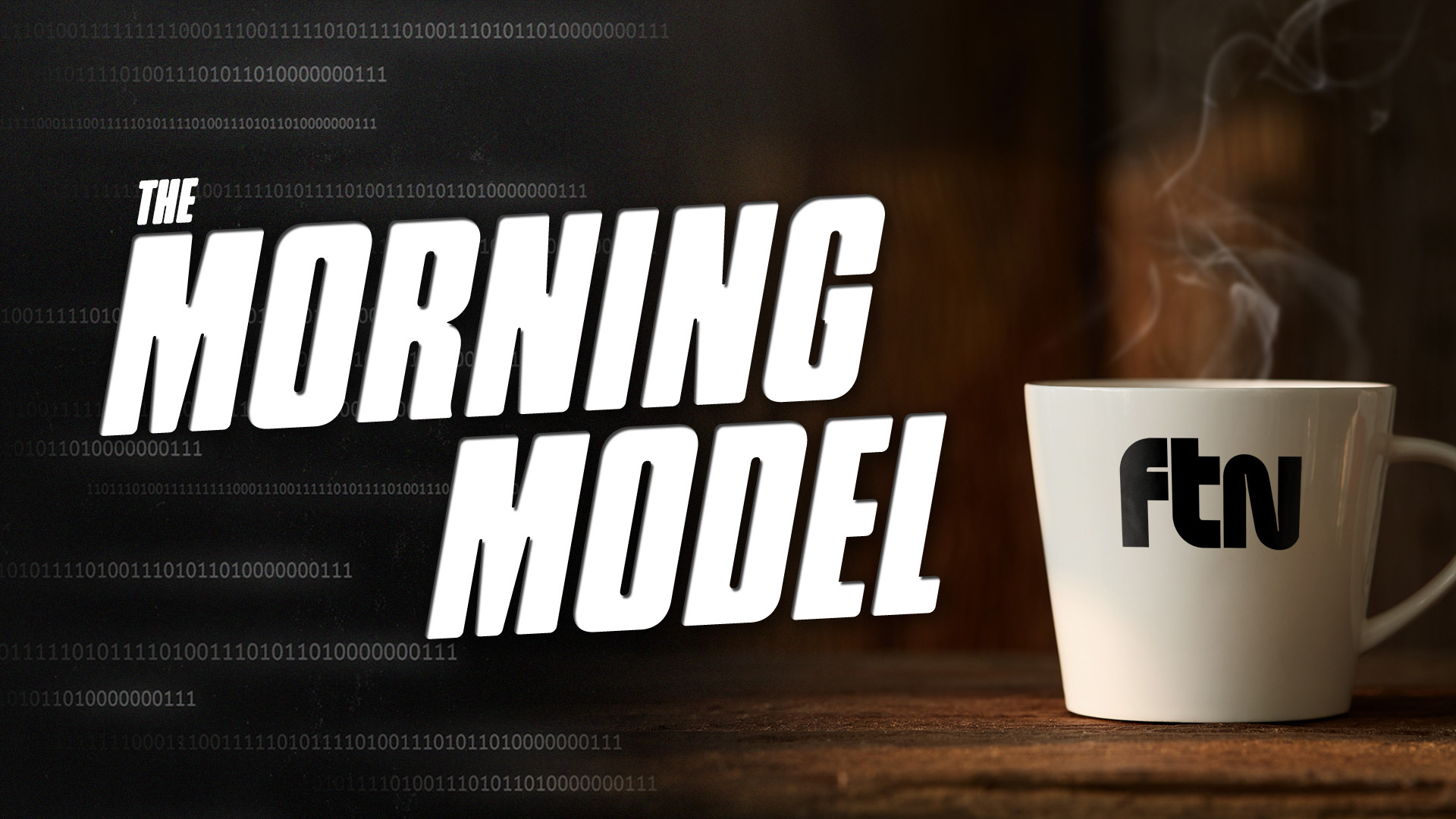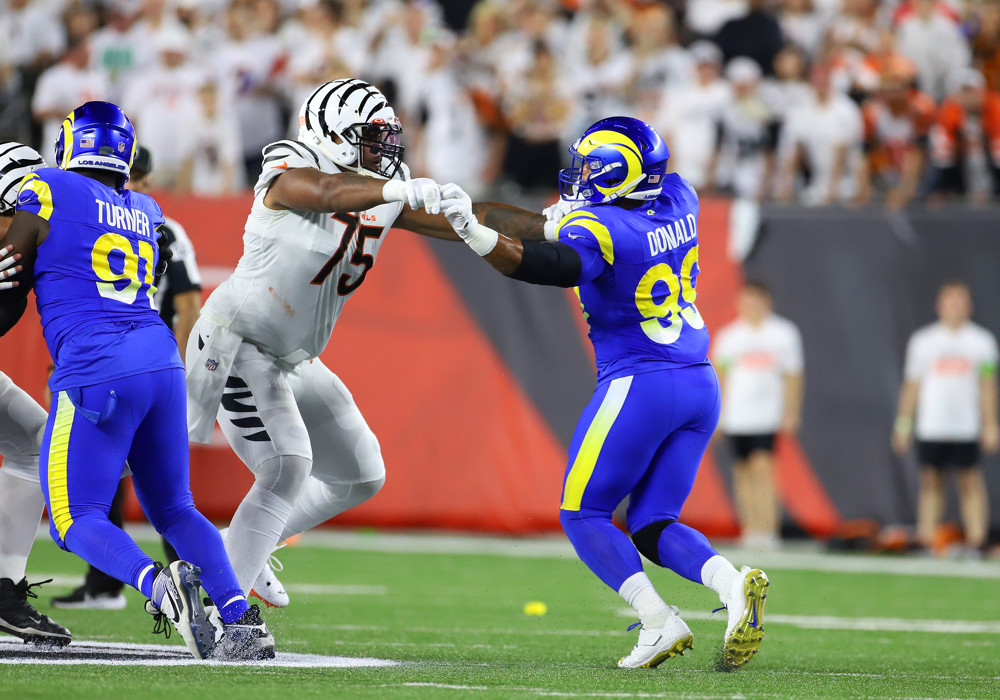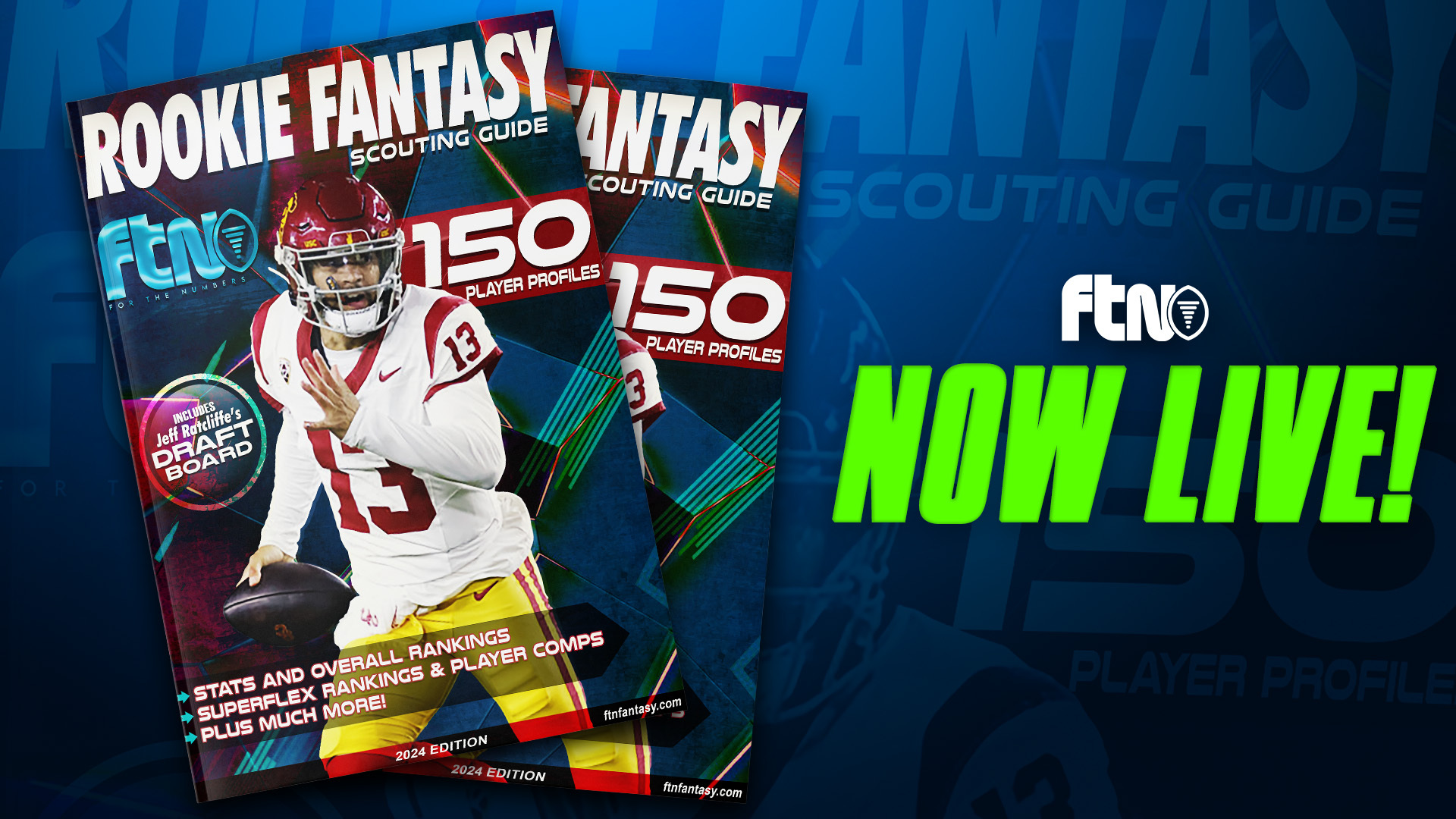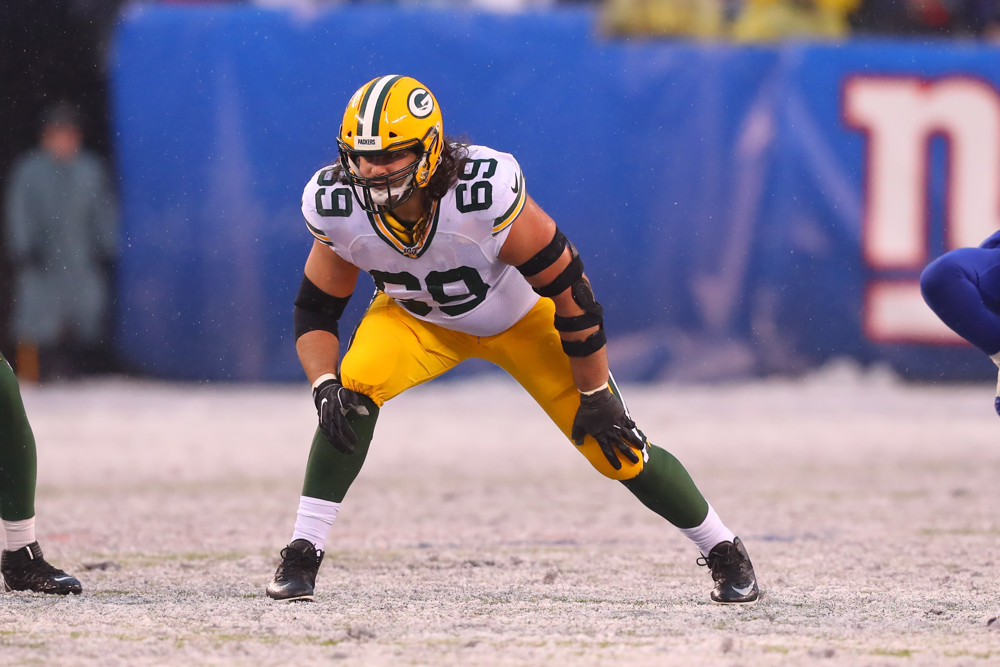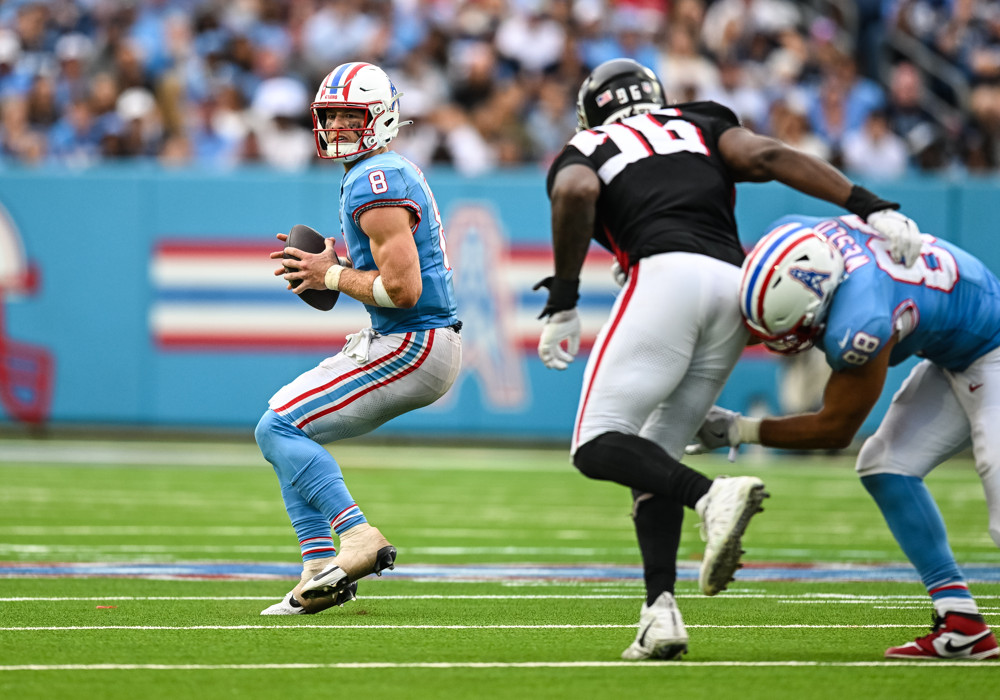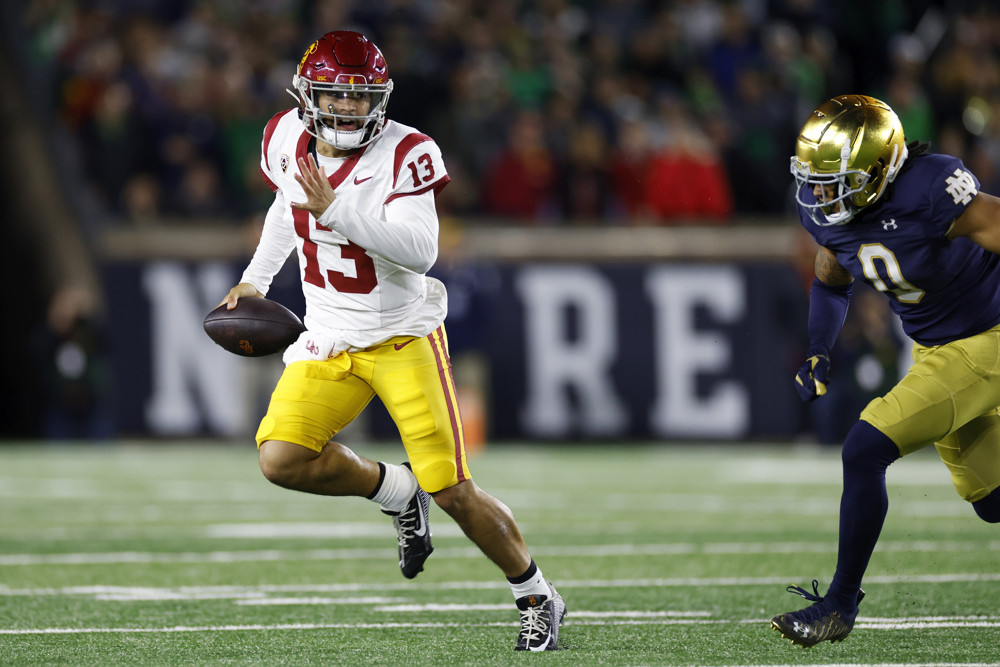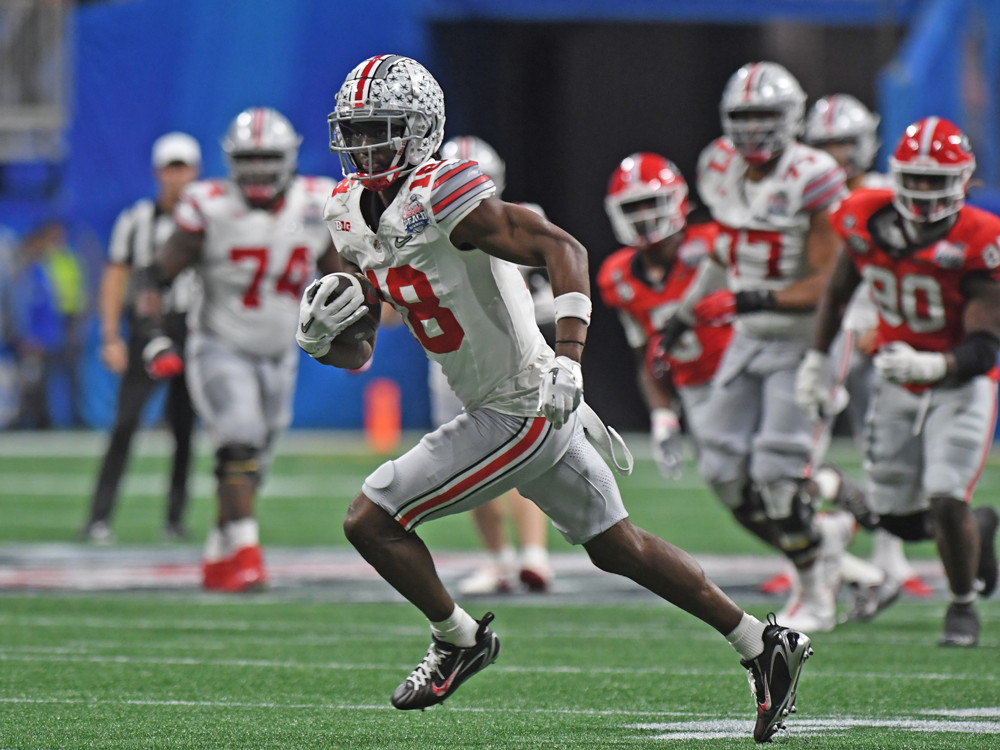
One of the hardest things to do in dynasty fantasy football is to construct the “perfect roster.” Of course, perfect may not exist, but there are a few guidelines that are good to follow. One of the best parts of dynasty fantasy football is that you can mold your roster how every you wish, building it from the ground up.
This is a rewarding feeling for many. Finding success can be a slippery slope though. Building it too young and you may be in a forever rebuild, while building it too old may limit you to a small win-now window. Finding that perfect fit of age and position is key to building you multi-year dynasty championship team. Therefore, we have assembled a few guidelines to help you build that “perfect roster” — or at least get as close as possible.
Superflex Guidelines
Superflex is a relatively newer format in fantasy football, an evolution of two-quarterback leagues that allows you to use any position as a flex instead of locking into two quarterbacks. As you can imagine the quarterback position is highly coveted in this format. In other words, it’s never too early to draft this position. They are never cheaper than in the startup draft — it’s never cheap, but trying to acquire a top-tier quarterback post draft will cost you a large part of your future. Even in the draft, by Rounds 6 or 7, many of the starting quarterbacks will be off the board.
There was a huge point differential between QB1 Josh Allen and QB12 Ryan Tannehill last season. Allen had 417.58 fantasy points (averaging 24.56 a game), compared to Ryan Tannehill‘s 282.36 (16.61 per). It gets even scarier from there – QBs 13-24 (Derek Carr through Jared Goff) averaged 15.4 points per game. This shows us just how much of a positional advantage it is having a top-five quarterback. Having at least two solid starters is a great start to building a championship squad.
Average Age of the Team
Something to remember is that youth is your friend, but not your only friend. Finding a mix of young prospects and veterans is a very helpful key to success. However, you should always look in a three-year window when building these teams. If for no other reason, many leagues do not make it past this time frame, so if you keep building for the future you may never see that future arrive. On the flip side, a team full of aging veterans may only buy you a one-year window to compete, we don’t want this either.
The one area you want to lean heavily on youth is the running back position. This position has a historic age cliff that does not lie, outside a few greats. After the age of 27, most running backs start a rapid decline in production. For this reason, staying ahead of the curve is critical for long term success as a dynasty manager. If possible, loading up on a good number of young running backs could help secure your future. Not only that but they also hold some of the highest trade values in most leagues.
For all other positions, this age cliff is further away. We just saw a 43-year-old Tom Brady finish as the QB3 in season long scoring. He was joined in the QB1 ranks by Matthew Stafford (34), Aaron Rodgers (38), Kirk Cousins (33) and Tannehill (33). Like fine wine, some quarterbacks get better with age. This could be said for the wide receivers and tight ends as well. The average age of the top 12 wide receivers was 26.5 years old, and for the tight ends it was 27 years old. All three of these positions offer a longer production window, meaning age is less important. However, buying into a younger quarterback, wide receiver or tight end offers you a longer positional security window.
Positional Depth
How many is too many? This is the hardest guideline to achieve. With many leagues being 10- to 12-team leagues, positional depth can be hard to find, especially if you have positional hoarders in your leagues. We all know that one person who has eight starting running backs paired with a bunch of WR3/4 options. Therefore, trying to build a balanced team from the start is key. Also, making trades can be hard at times depending on your league, so relying on this method could burn you.
Quarterbacks
Having one starting quarterback is OK in standard one-QB leagues. However, as we discussed earlier, superflex formats are a whole other ball game, and that makes figuring out a solid number to roster more difficult. Sticking to one bench quarterback seems to work out well, although adding a second one in superflex would not hurt.
Running Backs
Looking at the running back position, we will see many different opinions on how to construct a roster. A good approach is having one top-tier running back paired with a few up-and-comers, and then finish out the depth with some high-end handcuffs. Due to a high injury rate at the running back position, leaning on one guy can get you in trouble quickly. Therefore, it is smart to add two or three top-30 running backs to your roster in the draft. After this waiting till later in the draft to target some high-end handcuffs like, Alexander Mattison or Gus Edwards can pay off big time. These players become must starts if the lead guy goes down. When targeting back up running backs look to the run-heavy teams, this is how you will find the most success.
Wide Receivers
Wide receivers should be treated a little bit differently. Due to the large variance in point totals per week this position has a lot more players who can contribute to your fantasy roster. This is mostly because there are just more of them in the league. Every team has three wide receivers who will contribute to a passing attack. That means there is no real reason to rush to this position in drafts. Adding one elite receiver is nice, but it isn’t necessary for success. Filling out the heart of your team with up-and-coming wide receivers could help you sustain success for years. Aiming for two or three top-40 wide receivers will be key. Then fill out the depth of your roster with guys who look to have a large opportunity coming or have flashed talent but have lacked consistency. These types of players could break out at any moment in doing so thrust themselves into your starting lineups.
Tight Ends
Although there is a large point differential between the top assets, it seems to even out drastically for the rest of the players. The top tier of tight ends is very small, so it’s a position of importance. However, it also makes it a position of irrelevance as well. Let me explain. The top two tight ends averaged over 15 PPR points a week in 2021. This is right up there with the wide receivers and running backs. The rest of the relevant group averaged closer to 9. So if you are unable to land one for the top-tier guys like (Travis Kelce, Mark Andrews, Kyle Pitts, George Kittle, T.J. Hockenson or Darren Waller), it may be best to wait. This is one position you can stream weekly even in dynasty if needed.
That said, adding a top-tier guy frees up more room on your roster for other positions as you will have no need to roster more than two tight ends. Also, it will reduce your need to waste your FAAB or wavier runs on a position that is very unexciting. Allowing you to swing for the fences on the top running back or wide receiver free agent.










